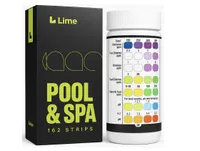How to winterize your above-ground pool
Above ground pools aren't built for winter, follow these steps to protect yours from costly damage.
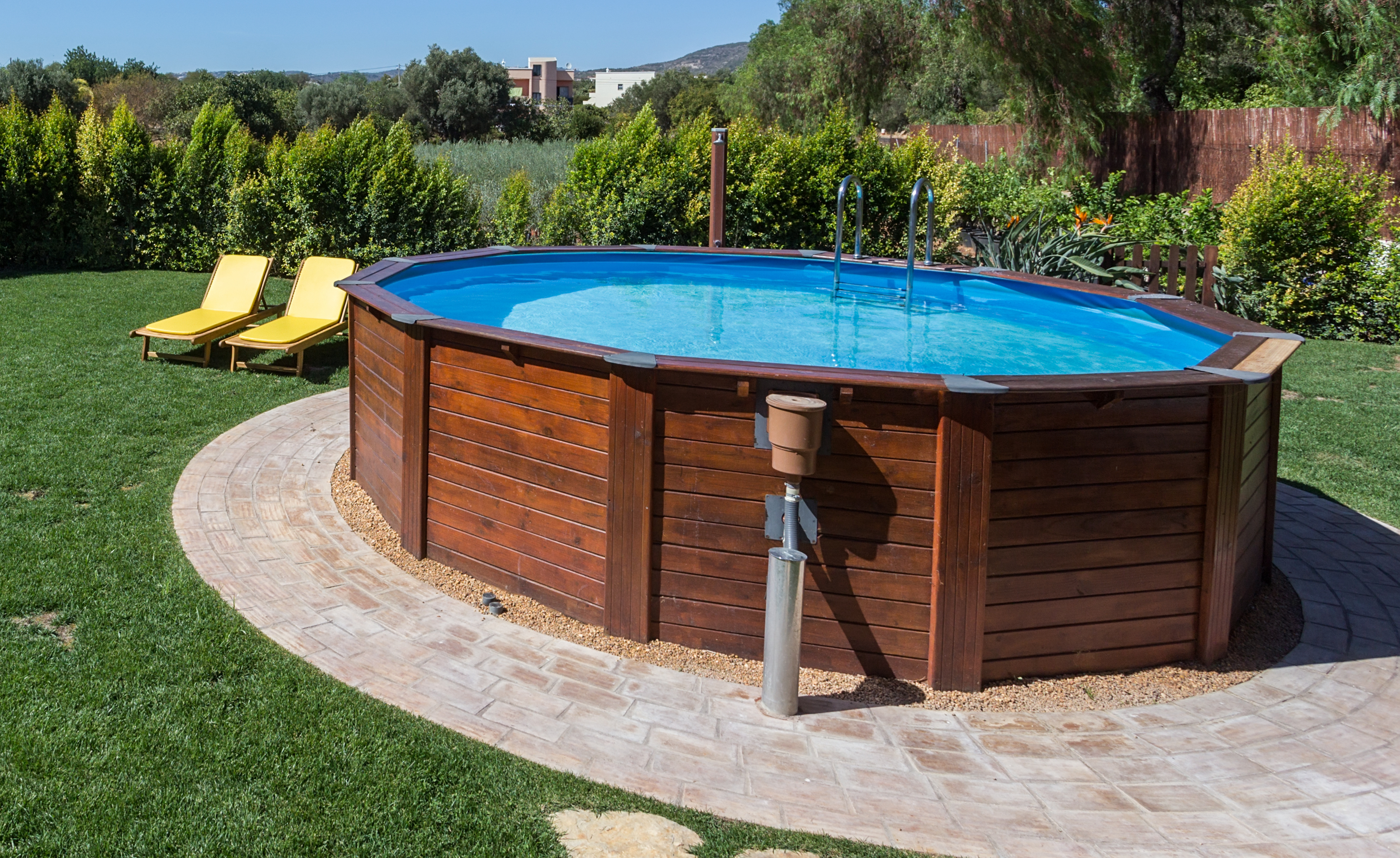
Colder weather can destroy an above-ground pool if you don't prepare it properly. Freezing temperatures cause water to expand, potentially cracking pipes, damaging filters, and tearing pool liners.
Ice formation can also warp the pool walls and contaminate the water with algae that blooms when temperatures warm up again. Proper winterization protects your investment and saves money on expensive repairs.
While it requires some effort, following the right steps ensures your pool will be ready for next swimming season without damage or extensive cleanup. Here's how to prepare your above ground pool for the colder months ahead.
1. Clean the pool thoroughly before winterizing
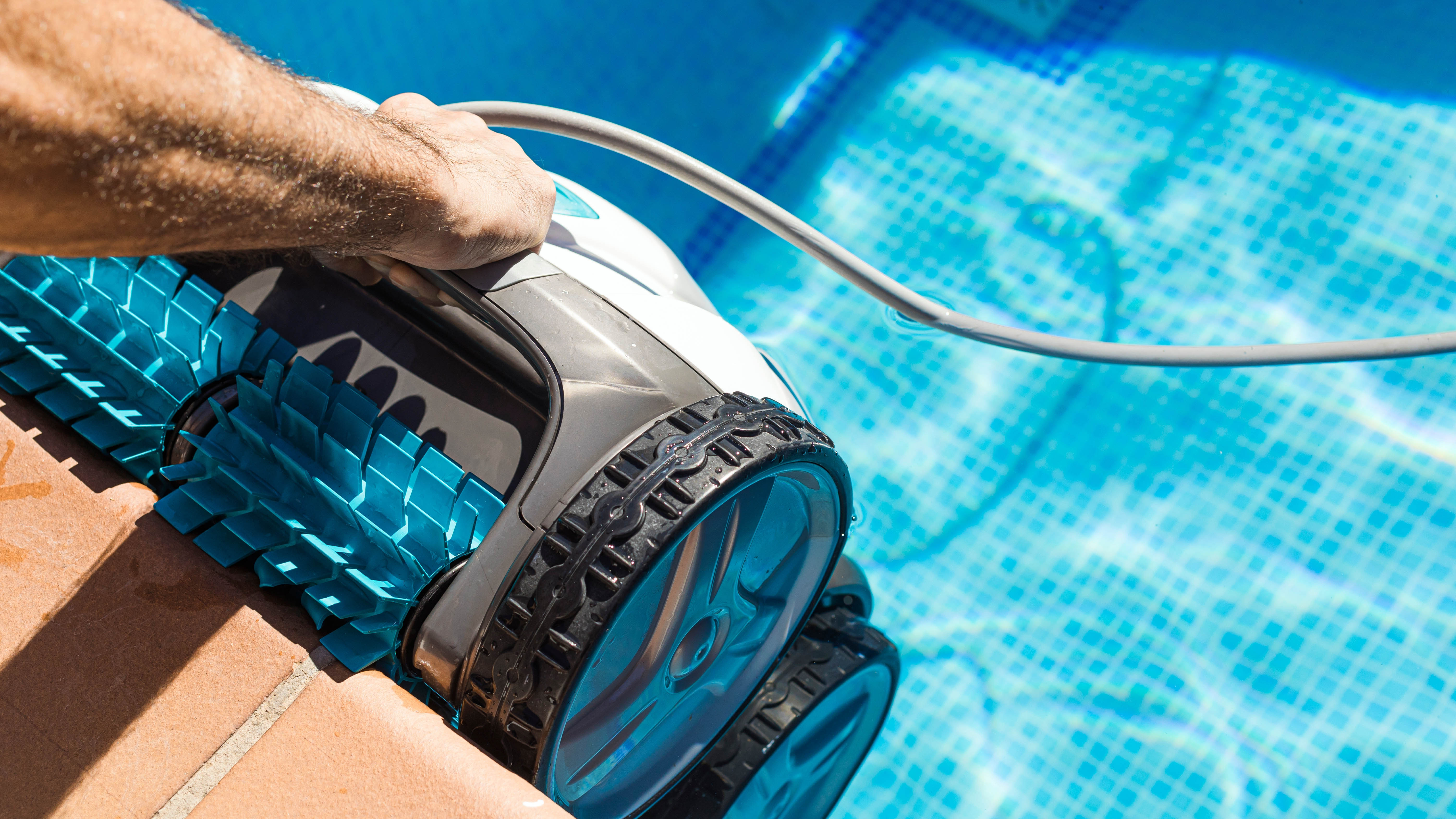
Remove all floating debris, vacuum the pool floor, and brush down the walls to eliminate any algae or mold that could grow during winter months. Use a skimmer net to catch leaves and other surface debris that your vacuum might miss.
For thorough cleaning with less effort, consider using a robot pool cleaner which can handle both floor debris and wall scrubbing automatically.
These devices are particularly helpful for end-of-season cleaning when pools tend to accumulate more leaves and organic matter.
2. Test and balance your water chemistry

Use test strips or a water testing kit to check pH, alkalinity, calcium hardness, and chlorine levels. Your pH should be between 7.4 and 7.6, alkalinity between 100-150 ppm, calcium hardness between 175-225 ppm, and chlorine between 1-3 ppm.
Properly balanced water prevents corrosion of metal components and staining of the pool liner during the months when the pool isn't being actively maintained. You can adjust levels manually with individual chemicals or use a winterizing chemical kit designed for above-ground pools.
Before shutting down your pool for winter, it’s worth checking the water balance. Cold months can magnify small imbalances, leading to stains, scaling, or cloudy water when you reopen. A quick test now saves time, money, and effort come spring.
3. Shock the pool to eliminate contaminants
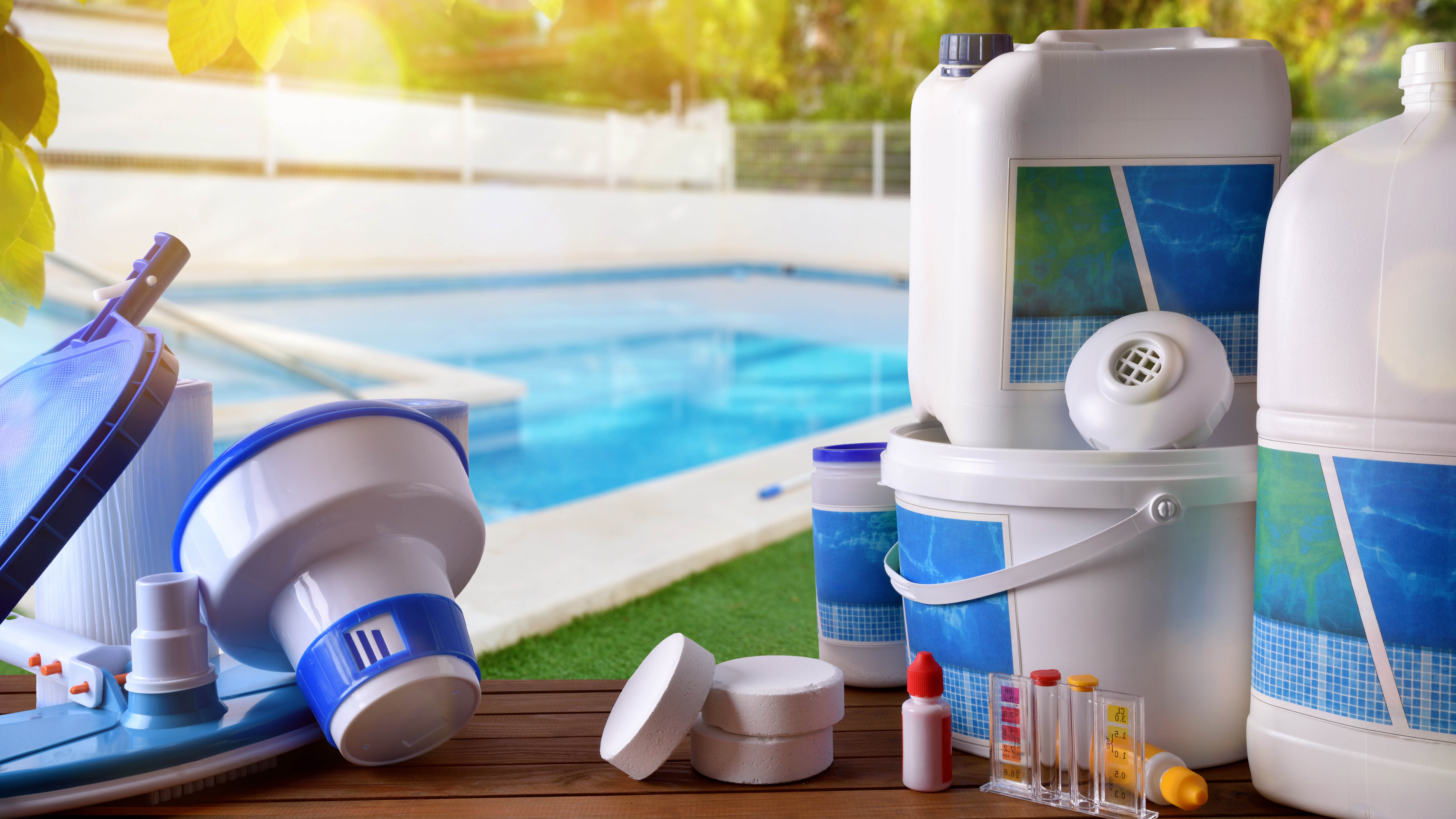
Add diluted granular chlorine or non-chlorine pool shock according to package directions, typically one pound per 10,000 gallons of pool water. This treatment removes contaminants that could cause algae growth or staining during winter storage.
Brush the pool floor and walls after adding shock to help distribute the chemicals evenly. Allow the shock treatment to circulate for several hours before proceeding to the next step.
When closing your pool, you’ll need chemicals to keep the water clean through winter. This kit has the basics: shock, stain treatment, balancer, and oil absorber, so things don’t build up while the pool sits covered.
4. Drain and store pool lines and skimmers

Disconnect all pool lines and allow them to drain completely before storing in a dry location away from direct sunlight. Pool lines can crack from freezing water or develop mold if stored while damp.
Remove the skimmer basket and store it indoors for winter. You can either cover the skimmer opening with a winter skimmer cover or monitor it during winter to ensure drainage. Keep the bottom of the skimmer clear so rain water can drain out properly.
5. Winterize your pump and filter system

Run a backwash cycle until water runs clear, then switch to rinse for 30 seconds before moving the valve to the winterize position.
Remove all drain plugs from the pump, filter, chlorinator, and hoses to prevent water from freezing inside the equipment. Store all drain plugs together in the pump basket so you can find them easily next season.
For sand filters, set the multiport valve to winterize and remove the bottom drain plug. Cartridge filters need to be removed, rinsed, and stored indoors with valves left open.
6. Remove and clean all pool accessories
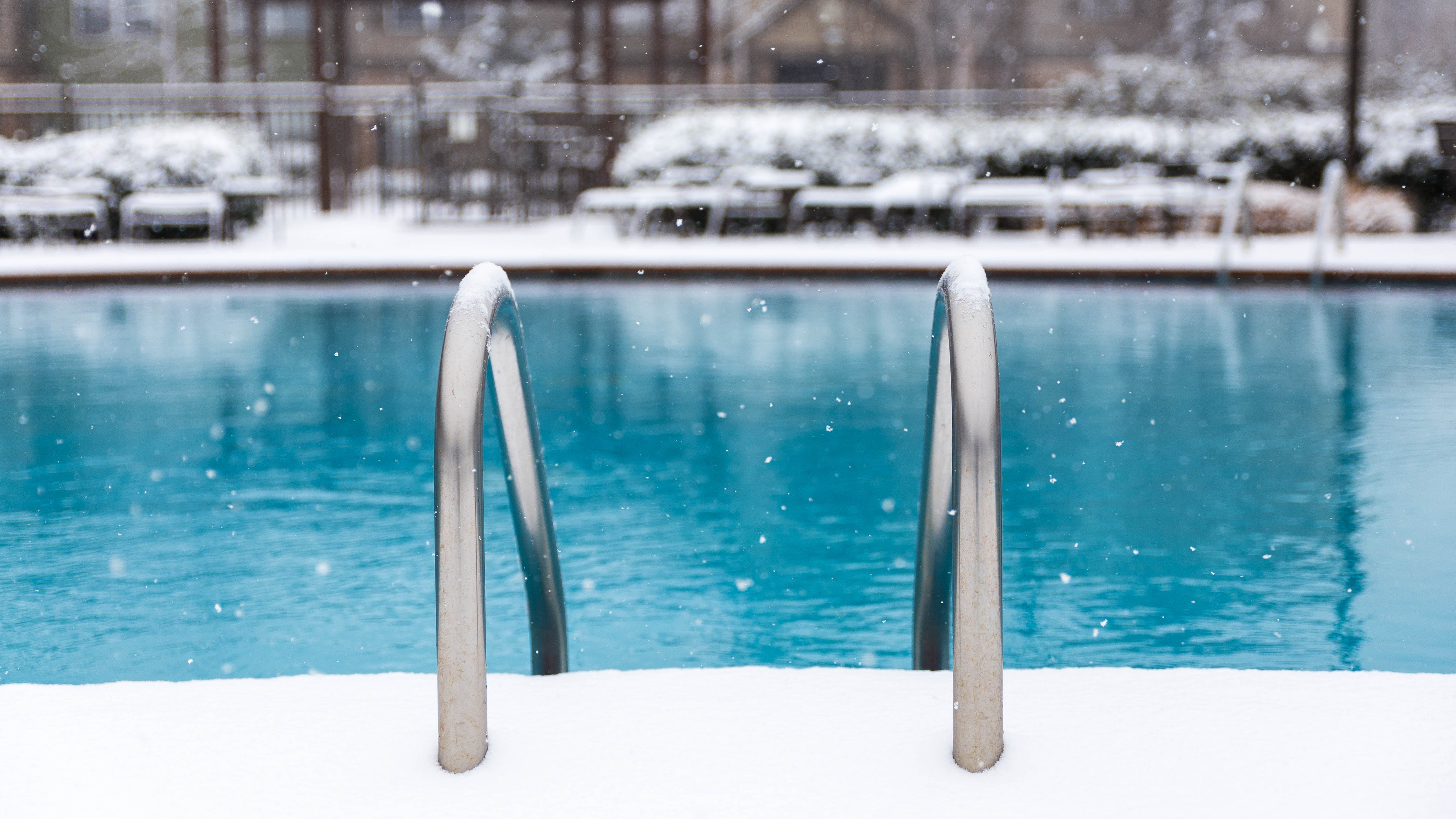
Take out ladders, diving boards, and any other equipment that could be damaged by winter weather or contaminate the pool water if they corrode. Clean all accessories with a pool surface cleaner before storing them indoors in a dry location.
Leaving metal objects in the pool during winter can cause rust and corrosion that stains the liner and creates additional cleanup work in spring. Indoor storage also extends the life of your pool equipment.
7. Install pool pillows and cover
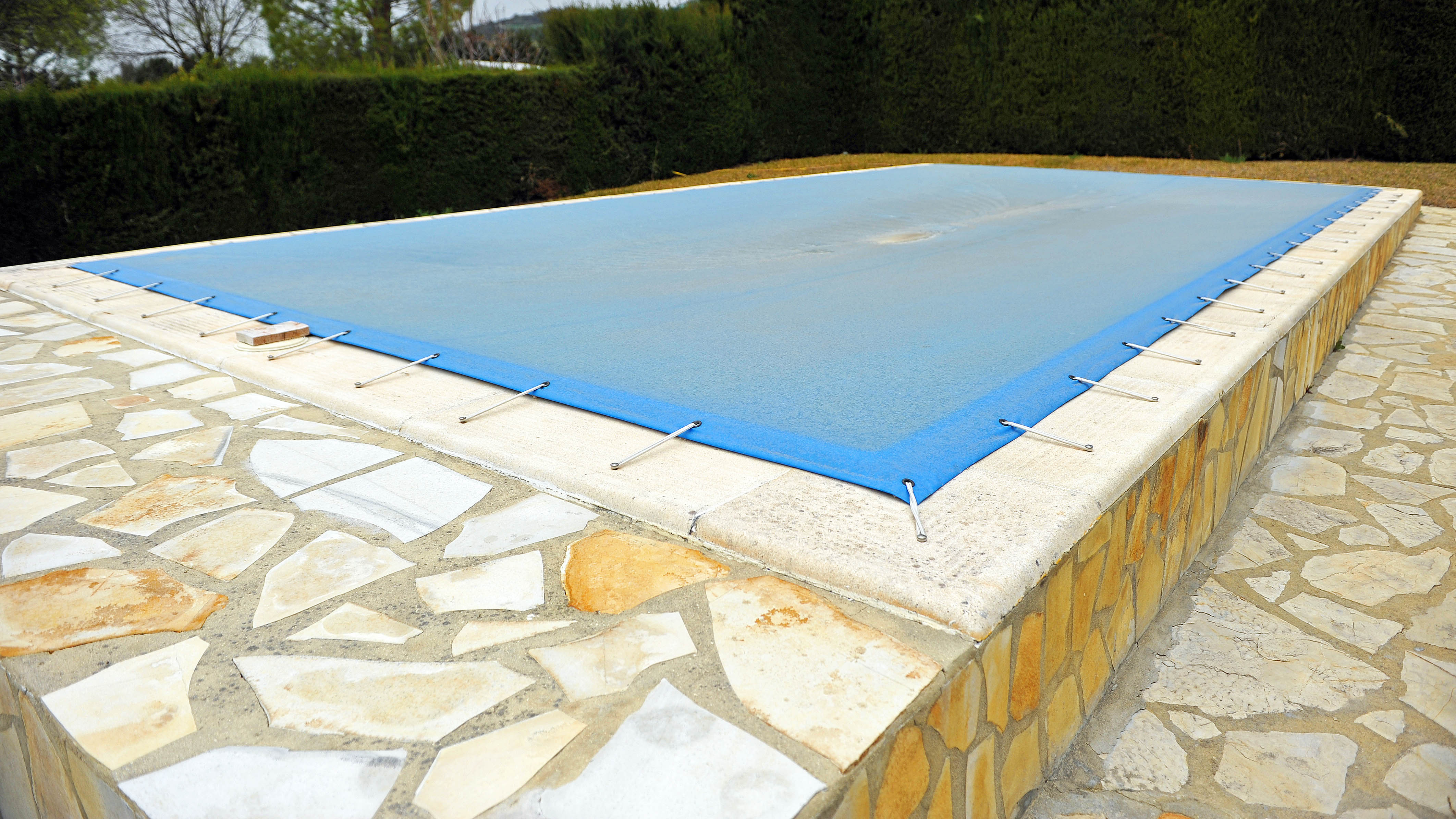
Place a pool pillow under the winter cover if you live in an area with harsh freezing conditions. The pillow breaks up ice sheets that form under the cover, preventing damage to pool walls and the skimmer from ice expansion.
Install your winter cover and secure it with the cable and winch system. If your pool has a deck, add winter cover clips or water bags for extra security. And avoid using bricks, stones, or sharp objects that could damage the liner if they fall into the pool.
When to start winterizing your pool...
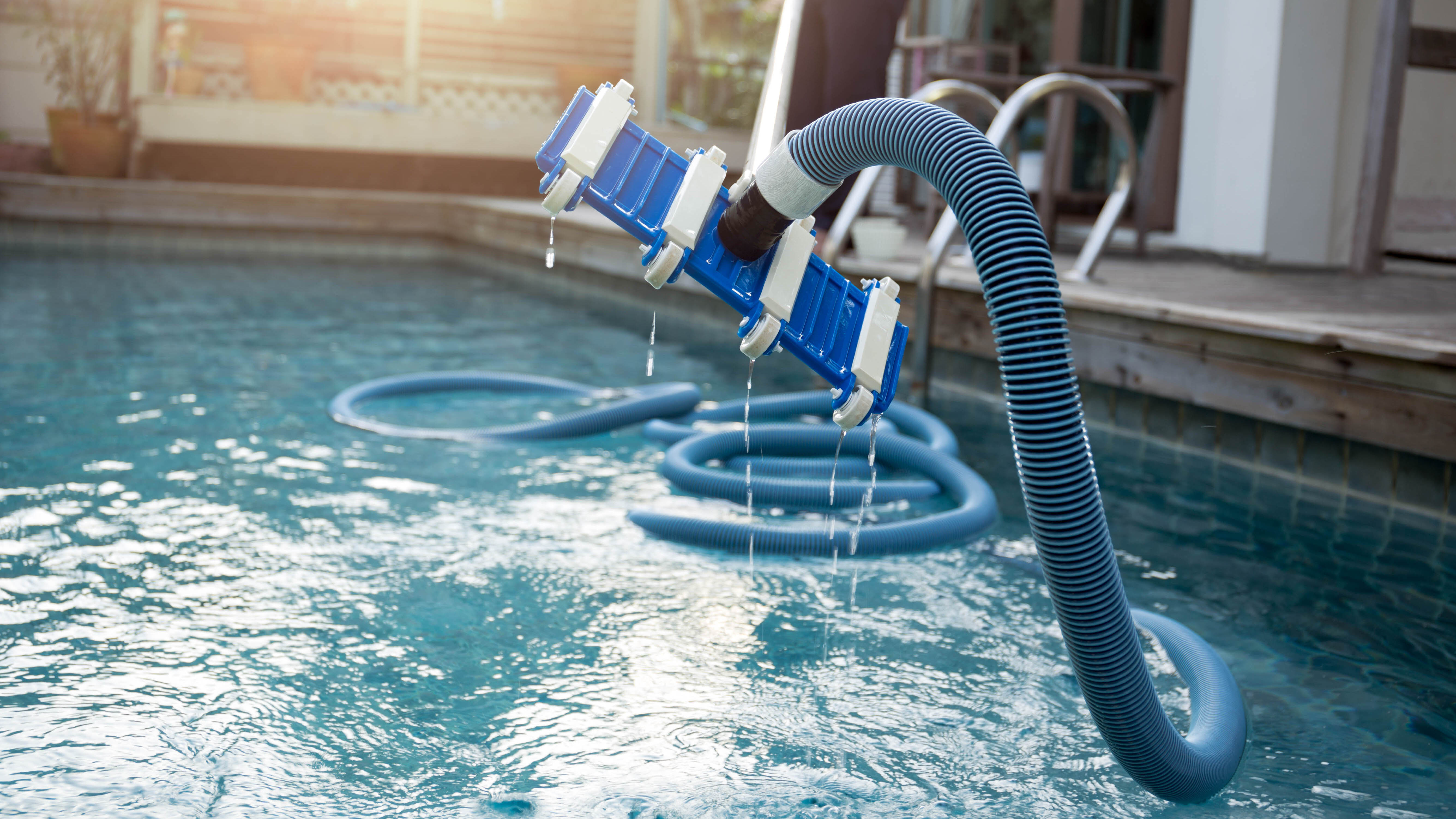
Begin winterizing when your pool water temperature drops below 65°F and stays there consistently, typically around mid-October in most regions. Don't winterize too early, as the chemicals won't be as effective if temperatures rise again before winter truly sets in.
The exact timing depends on your local climate, but starting too late risks equipment damage from unexpected freezing temperatures. Monitor weather forecasts and plan to complete winterization before the first hard freeze in your area.
Follow Tom's Guide on Google News and add us as a preferred source to get our up-to-date news, analysis, and reviews in your feeds. Make sure to click the Follow button!
More from Tom's Guide
- How to shock a pool — 5 steps to clean, clear swimming water
- Robot pool cleaners — 5 reasons to buy and skip
- 5 ways to winterize your home and save money on your energy bills
Get instant access to breaking news, the hottest reviews, great deals and helpful tips.
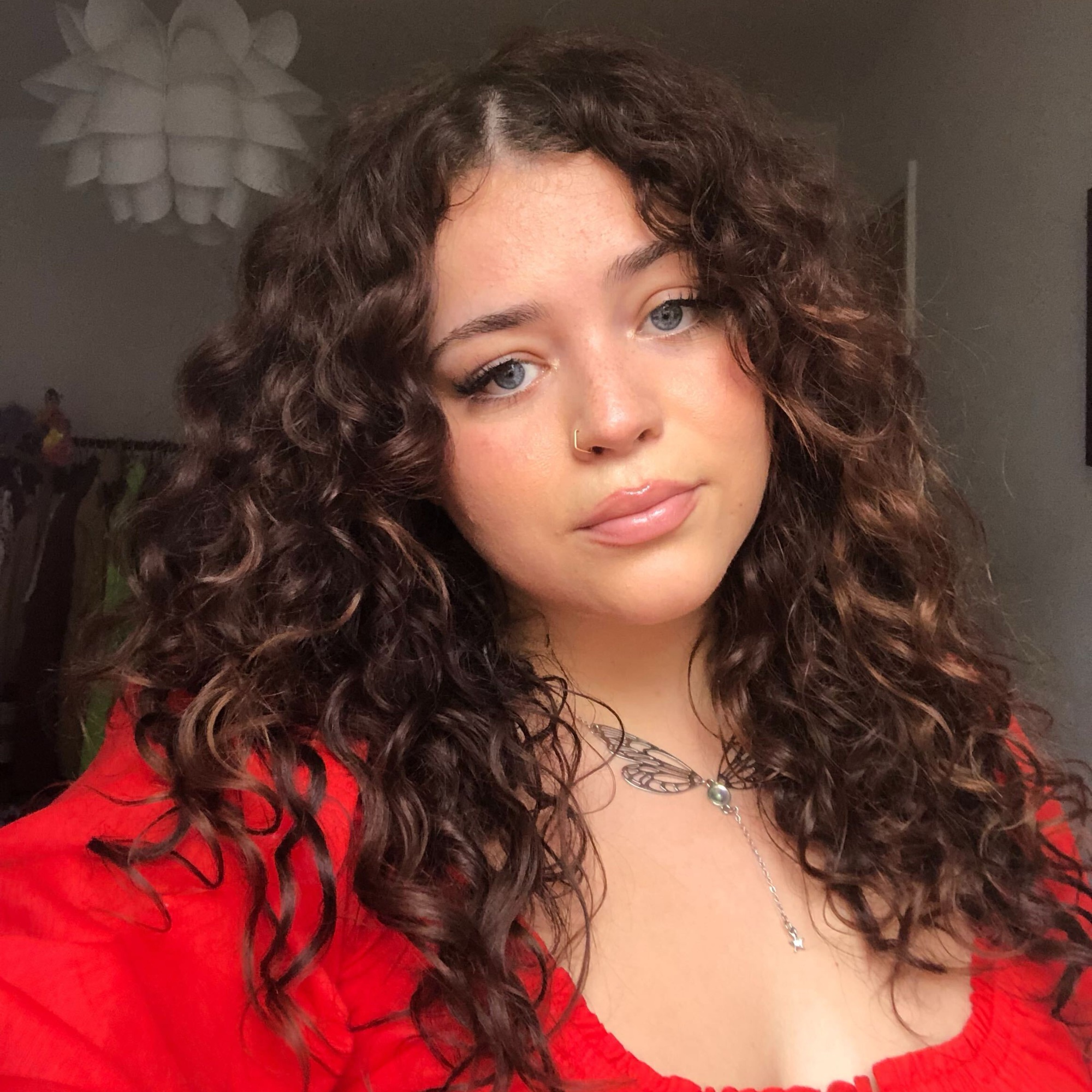
Kaycee is Tom's Guide's How-To Editor, known for tutorials that skip the fluff and get straight to what works. She writes across AI, homes, phones, and everything in between — because life doesn't stick to categories and neither should good advice. With years of experience in tech and content creation, she's built her reputation on turning complicated subjects into straightforward solutions. Kaycee is also an award-winning poet and co-editor at Fox and Star Books. Her debut collection is published by Bloodaxe, with a second book in the works.
You must confirm your public display name before commenting
Please logout and then login again, you will then be prompted to enter your display name.
